commentary Commentary
Commentary: Lessons for Founders’ Memorial from a few modern cities
From Beijing, Seoul to Berlin and Rome, the building of both old historical monuments and newer ones that have sparked controversy offers lessons for Singapore’s Founders’ Memorial, highlights SUTD’s Calvin Chua.
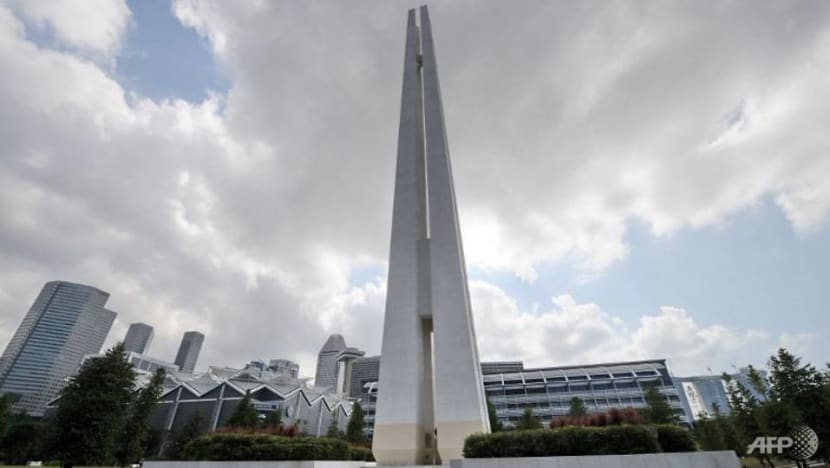
What meaning should a monument hold? (Photo: AFP/Roslan Rahman)
SINGAPORE: With plans for the construction of a Founders' Memorial in Bay East Gardens to commemorate the pioneer generation of leaders in Singapore, it is perhaps timely to look at the evolution of monuments and extract lessons from them.
I can still remember my experience of the Holocaust Memorial in Berlin, which was disorientating to say the least.
Designed as a field of large concrete slabs with varying heights spread over an area of 19,000 sq m, as one walks through its maze-like environment, a growing feeling of isolation pervades, as concrete slabs block out sight of other visitors. A sense of foreboding also creeps up, as visitors struggle slightly to find each other and leave the memorial.
Intentionally conceived as a large public space in the heart of the city, the scale of the memorial and the harrowing experience it puts visitors through reinforces its effect and significance.
Yet, despite the experience it puts on visitors, the memorial is also fraught with controversies. The lack of explanation of the meaning of the concrete slabs and the lighthearted treatment of the memorial as a hide-and-seek and parkour play space has sparked public criticism.
While there are many interpretations of what it seeks to achieve and why, the Holocaust Memorial notably breaks away from a monument being a mere symbolic standalone statue.
Monuments are pieces of architecture, structures that represent the history, culture or values of a specific group of people, whereas a memorial is a purpose-built commemorative structure.
Compared to a heritage structure, where its monument status is conferred to it over time as a result of its historical and cultural significance, it may be challenging for purpose-built monuments to attain cultural relevance immediately and justify the required investment for construction.
However, as the Holocaust Memorial illustrates, despite its controversies, the effect of a monument can be significant if it is embedded within the fabric of the city and is part of everyday life.
The experience it creates for visitors is just one of the many ways a monument can move beyond being a mere physical structure.
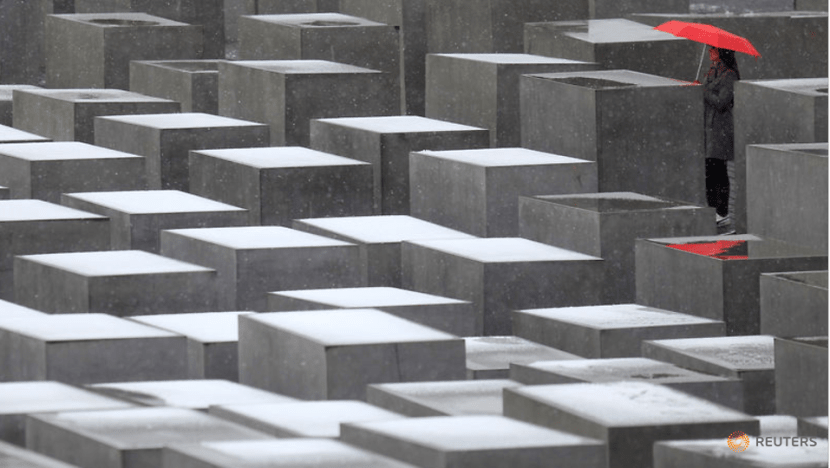
LESSONS FROM ROME
One of the first examples of monuments integrated within everyday spaces in the city can be found in Rome during the papacy of Pope Sixtus V in the 1500s. Prior to the reign of Sixtus V, there were no proper public spaces or streets in Rome and monuments were randomly sited with no spatial relationship to each other.
Although urban improvements were made to the city before that, they were largely piecemeal and uncoordinated compared to the impact of Sixtus V’s reforms.
Within five years of Sixtus V’s leadership, the entire city was completely transformed - monuments were used as a way of organising the city. Four ancient obelisk monuments were restored and strategically distributed across the city, with axial roads connecting them.
These restored monuments enabled visual connections and circulation, laying down the framework for subsequent urban transformations, even till present day.
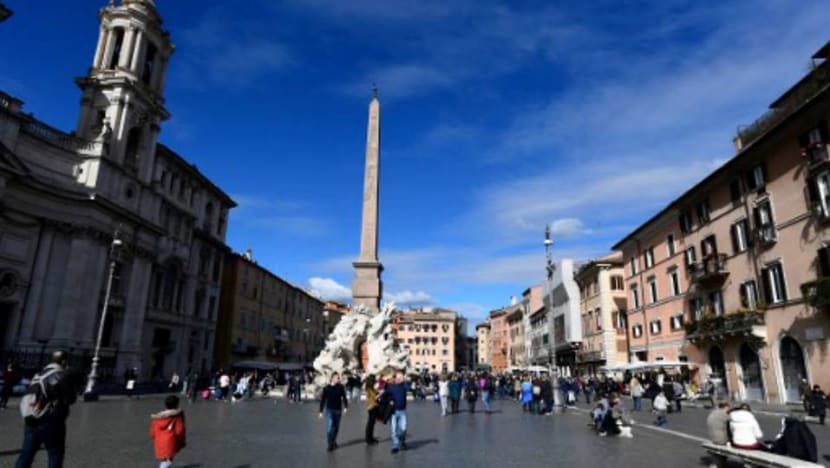
Sixtus V’s urban project reveals that monuments can have a core functional purpose, in addition to their value as commemorative symbols.
Their strategic locations across the city resulted in the obelisks not only serving as an important way-finding tool for local residents and pilgrims, but also as a reinforcement of the social, political and religious ideals of the papal state, ultimately giving the city its unique character.
FROM BEIJING TO SEOUL
Fast-forward five centuries; monuments now take the form of civic buildings.
From Beijing to Brasilia, the construction of civic buildings and public spaces in capital cities has played an important role in nation building. Replacing deified statues of the heroes and generals of civilisations past, these modern monuments are now the primary projector of the values and visions of a country.
The 1959 construction of the Ten Great Buildings initiative in Beijing coincided with the Great Leap Forward campaign, and was both a medium to commemorate the tenth anniversary of the founding of the People’s Republic of China, as well as a mechanism to project the image of a new political order.
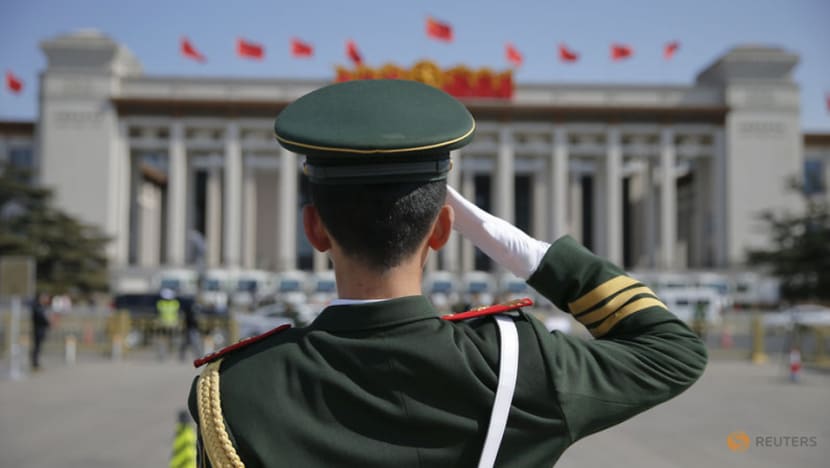
These ten civic buildings ranged from museums to train stations. Apart from serving their functional purpose, they are highly symbolic in nature.
Their monumental scale and strategic location in the city aim to reinforce the Chinese population's collective consciousness of the country’s desired modernity, while contrasting against the old imperial order symbolised by the surrounding low rise hutongs and their courtyard houses.
In recent years the construction of monumental edifices in cities has shifted from singular landmark buildings to urban infrastructure, with projects such as the High Line in New York to Cheonggyecheon (Cheonggye Stream) in Seoul dominating urban planning discourse.
Given the scale, global reference, ideological significance, and impact on local residents, they are more than just standard urban improvement projects, and (I would argue) they may be considered as contemporary monuments. They symbolically commemorate their respective industrial pasts by projecting a future that is socially and ecologically oriented.
In particular, the restoration of Cheonggyecheon involved the demolition of a six-lane elevated highway that was built over the original stream. Led by then-mayor of Seoul, Lee Myung-Bak, this urban redevelopment project was a way to transform the city’s image, from an industrialising city to a developed city that boasts of and appreciates its social, heritage and ecological spaces.
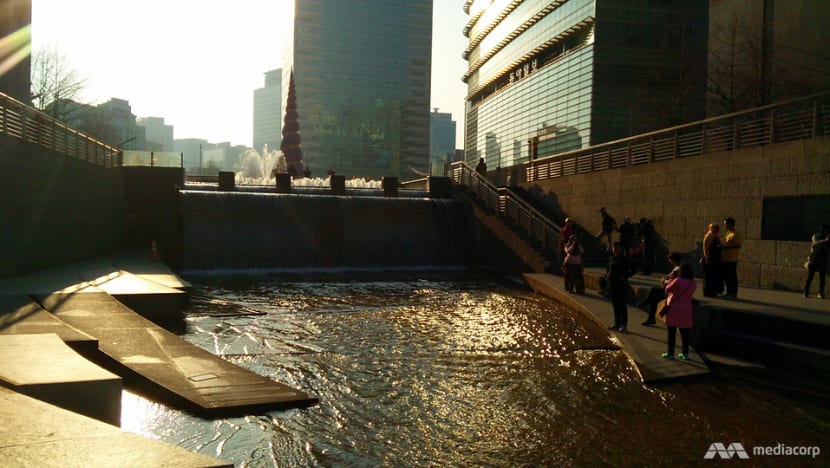
The project was not without controversy. Accused of being a political move to assist Lee’s ambitions of becoming President of South Korea, the project was heavily criticised for its ostentatious price tag of US$900 million, hefty maintenance costs, and the gentrification of surrounding areas.
However, a decade on, and with the benefit of hindsight, one can hardly call the project a failure – the stream has remained remarkably popular among Seoulites, and is a well-used public space.
The success of the project lay in its ability to reconstruct a sense of collective identity based on the cultural heritage of the stream.
In addition, the project also inspired a series of other similar infrastructure regeneration projects in the city, including the Gyeongui Line Forest Park and the latest Seoullo 7017 elevated pedestrian walkway – albeit at a much lower price tag.
Like the obelisks in Sixtus V’s Rome, Cheonggyecheon is an everyday space within the heart of the city, allowing local residents to appreciate the city’s environment and heritage by immersing within it.
The above examples demonstrate that a monument’s location has high strategic value – and embedding it within an environment where residents can experience it daily reinforces its cultural function.
The location of the Founders’ Memorial along the waterfront of Bay East Gardens with a view towards the city provides a symbolic connection between commemorating the past and projecting the future.
However, apart from showcasing artefacts and exhibitions in the galleries, making the monument accessible to the public as an everyday space within the park and supporting it with relevant content and design will ensure that the Founders’ Memorial becomes a “living memorial” that tells and retells the shared narrative of our nation’s progress and values.
Calvin Chua is adjunct assistant professor at the Singapore University of Technology and Design and the founder of Spatial Anatomy design office.












